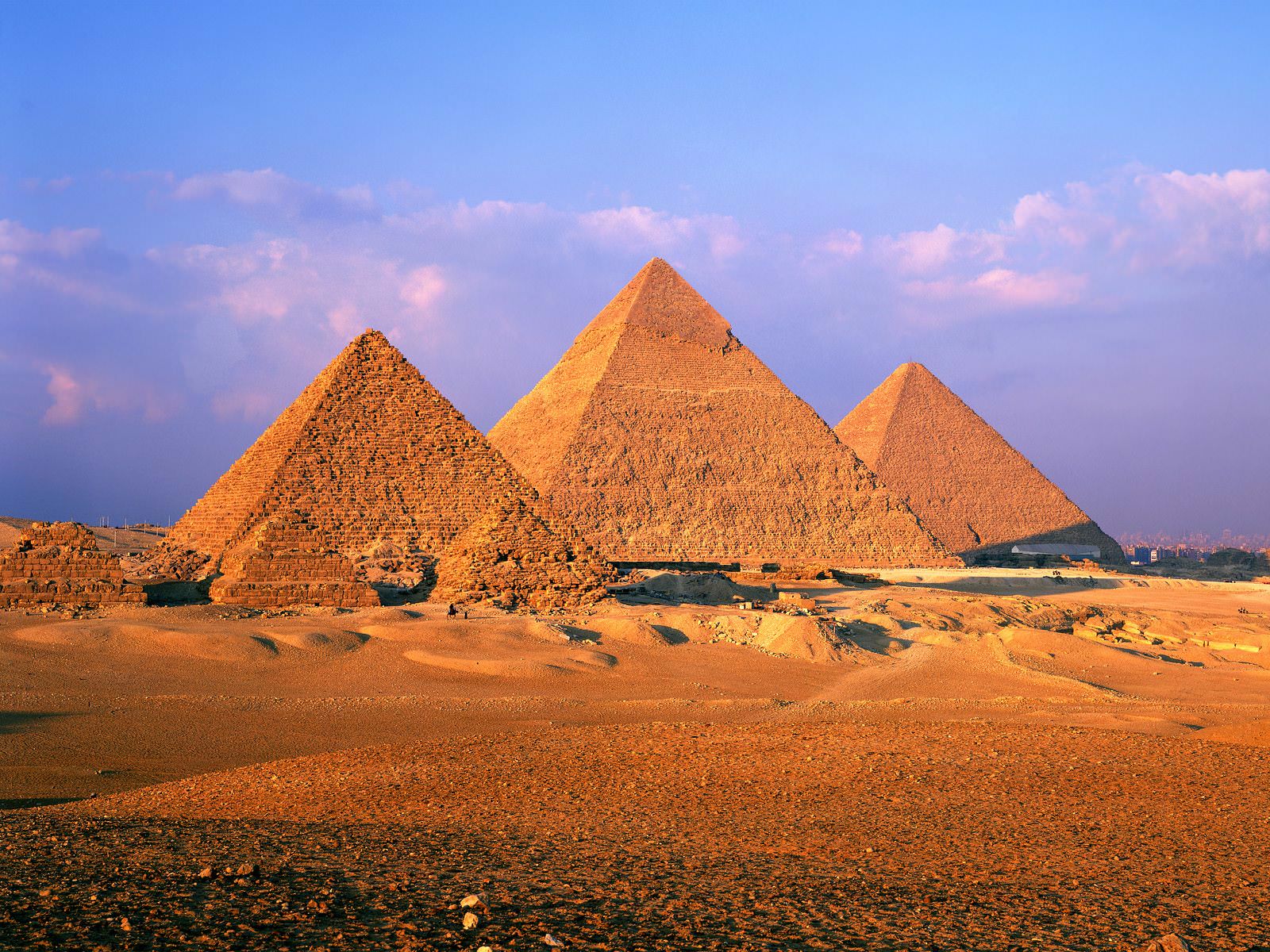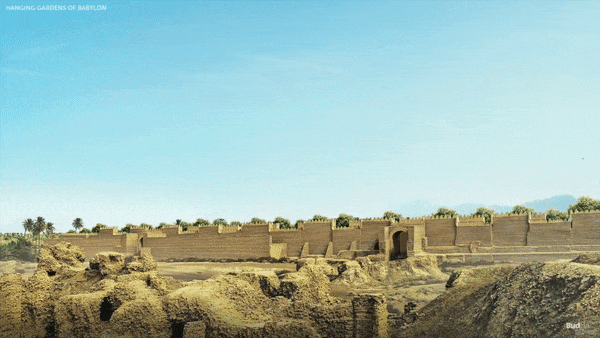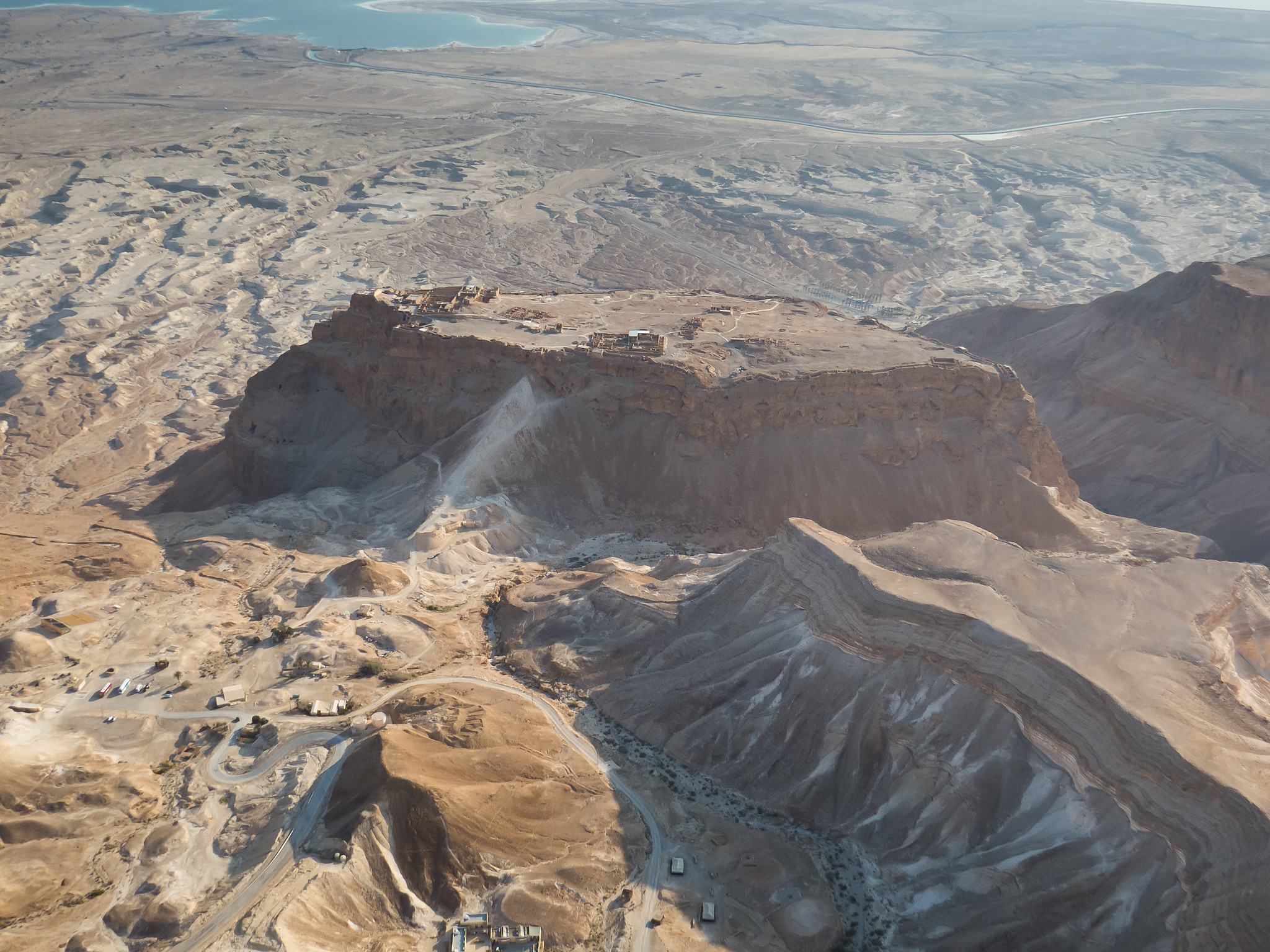Introduction
The Middle East is often referred to as the “Cradle of Civilization” as it is home to some of the world’s oldest and most important archaeological sites. This region has grand temples, towering pyramids, ancient cities, and sacred religious landmarks which serve as a testament to human history spanning thousands of years.
In this article, we will cover 10 of the most famous historical sites in the Middle East which narrate the story of empires, prophets, and other civilizations that shaped the Earth as we know it today.
1. The Pyramids of Giza (Egypt)
Era: Around 2600-2500 BCE
Civilization: Ancient Egyptian
The Pyramids of Giza are known as one of the 7 Wonders of the World. These structures serve as a testament to how powerful Ancient Egyptians were and the wonders of engineering they were capable of. The Pyramids were tombs for Pharaohs Khufu, Khafre, and Menkaure. These mesmerizing structures have intrigued historians and tourists alike for hundreds of years.
Table of Contents
Why It’s Famous:
- The Great Pyramid of Khufu is the only ancient world wonder that still stands today.
- The Sphinx, a limestone structure having a lion’s body and a human head, resides here.
- Designed and built using baffling engineering techniques that inscribe questions even today.

2. Petra – Jordan
Period of Significance: 4th Century BCE – 2nd Century CE
Civilization: Nabatean
Situated in the hills of Jordan is the city of Petra nestled between red sandstone cliffs. At one point, the place served as a city for trade and the capital of the Nabatean kingdom, and it cut out into the rock. Its treasury (Khaznek) is the most famous structure and serves as a breathtaking temple cut out of the very rock.
Why It’s Famous:
- It is famously called the ‘Rose-red City’ because of its unique color.
- Appeared in films such as Indiana Jones and The Last Crusade.
- The site is protected by UNESCO and is considered to be one of the New Seven Wonders of the World.
3. Persepolis – Iran
Period of Significance: 6th – 4th Century BCE
Civilization: Achaemenid Empire (Persian)
Persepolis served as a ceremonial capital to one of the grandest empires in the world, Persian, during the regime of Darius the Great and his successors. Some of the outstanding ruins of its palaces, the enormous staircases, and grandiose carvings showcase what once was the magnificence of the Persian Empire.
Why It’s Famous:
- The city hosts some of the best-preserved examples of Persian architecture.
- Contains an enormous gate to all nations.
- In 330 BCE, Alexander the Great set fire to it marking the end of the Persian Empire.
4. The Temple of Baalbek (Lebanon) Era:
Period of Significance: 1st Century BCE – 3rd Century
Civilization: CE
Roman Baalbek or Heliopolis holds some of the most notable Roman ruins. It features a breathtaking Jupiter temple and a Bacchus temple. Two of the best-maintained ancient temples.
Why It’s Famous:
- A mix of Middle Eastern and Roman architecture.
- It was an important religious site for the Romans and Phoenicians.
- The Phoenicians were builders of the supposedly youngest temple in the Asiatic region. Contains the largest stone blocks of all time.

5. The Hanging Gardens of Babylon (Iraq – Lost) Era:
6th Century BCE Civilization:
Neo-Babylonian Even though we don’t know where they are located, The Gardens of Babylon are one of the wonders of the world. They stand as a mark of extraordinary engineering by King Nebuchadnezzar II for his queen.
Why It’s Famous:
- No evidence has surfaced making it one of the greatest mysteries in ancient history.
- It is assumed to be the first tiered garden and one of the first uses of irrigation technology.

6. Masada (Israel) Era:
1st Century BCE – 1st Century CE Civilization:
Judean Like something out of a movie, Masada is a mountain palace overlooking the Dead Sea where it famously marked a mass suicide of Jerusalem defenders rather than succumbing to the Romans in 73 CE. The palace is famed for being unconquered and unknown for centuries, Masada certainly delivers on the mysterious essence it holds.
Why It’s Famous:
- An impressive symbol of defiant Jewish nationalism and courage.
- One of the more popular Israeli tourist attractions is also a UNESCO World Heritage Site.
- Offers spectacular sceneries of the surrounding desert.

7. The Rock-Hewn Churches of Lalibela (Ethiopia) Era:
12th Century CE Civilization:
Ethiopian Ethiopia has been home to ancient civilizations and their tremendous architectural feats. With over 11 stunning churches carved centuries ago, Lalibela is still an important pilgrimage site for Christians where they come to commemorate the birth of Jesus Christ.
Why It’s Famous:
- A remarkable example of ancient rock design architecture.
- Famous for its “New Jerusalem” title for being a religiously important site.
- Used daily by priests and monks working in the temples, maintaining the structure.

8. The Kaaba (Saudi Arabia) Era:
Pre-Islamic (Exact Date Unknown) Civilization:
Various, including Islamic One of the wonders of the world, The Kaaba is known as the most sacred center of Islam and is located in the city of Mecca. Islamic tradition claims the Kaaba was built by the prophet Ibrahim (Abraham) and serves as the centerpiece during the pilgrimage called Hajj.
Why It’s Famous:
- The Site Revered For Its Important Religious Significance In Islam.
- An estimated handful of Muslims come here for the annual Hajj pilgrimage.
- Also, a symbol of love and loyalty for Muslims around the globe.

9. The City of Ur (Iraq) Era:
3rd Millennium BCE Civilization:
Sumerian Ur was one of the most powerful cities of ancient Mesopotamia, famous for its ziggurat (stepped temple) and its connection to the biblical figure Abraham.
Why It’s Famous:
- One of the oldest known cities in human history.
- Home to the Great Ziggurat, a massive temple structure.
- Important in the study of early urban civilization.
10. Palmyra (Syria) Era:
1st-3rd Century CE Civilization:
Roman & Palmyrene Palmyra was a key trade center and home to Queen Zenobia, who famously defied the Roman Empire. The city’s impressive ruins include massive colonnades, temples, and tombs.
Why It’s Famous:
- A unique blend of Roman, Persian, and Arabian architecture.
- Queen Zenobia’s rebellion against Rome made her a legendary figure.
- Despite recent destruction due to war, efforts continue to preserve its remains.

Conclusion
History has always fascinated us and wives tales like trade routes and empires tell intricate stories that make the Middle East one of the most interesting areas in the globe. Facts like religious movements and human creativity define its brilliance. While some archeological sites have been left unattended, history is something that never fails to entice historians, archaeologists, and tourists.
From the sites mentioned above, which have you bookmarked to visit during your vacation? Let’s continue learning about history together!
FAQs
- What is the oldest historical site in the Middle East?
One of the oldest cities is Ur in Mesopotamia, estimated around 4000 BCE.
- Are the Hanging Gardens of Babylon real?
There is no physical proof of the gardens but ancient books offer them as a world wonder.
- Why is the Kaaba important in Islam?
Muslims view the Kaaba as the most sacred place, where they face prayer and trek for the Hajj pilgrimage.
- What happened to Palmyra?
The site was significantly damaged by the recent civil wars in Syria, however, restorations are underway.
- Which of these sites is the most visited today?
Alongside Petra, the Pyramids of Giza dominate the list of most sightseen places in the Middle East.
Top 10 Lists of the people, things, places, most expensive, animals, most popular, luxury and high rankings of world. World's Top Insider focuses on the top ten lists of best, greatest and top rankings in the world.


